roughbarked said:
https://en.wikipedia.org/wiki/Flag
“The origin of flags is unknown.”
Not all that helpful.
From wikipedia we have:
standard → banner → flag
The “standard” dates to Egyptian times, and is used as an identifier of armies.
So, no need for them to exist until the “army” had evolved.
Even then, if armies are identifiable by clothing or other similar then in good weather there isn’t much need for a flag. And when the sounds of battle are not excessive (eg spear and arrow) then a flag wouldn’t be much needed.
The transition from banner to flag seems to have come about when silk became available.
“Flags that comprise cloth attached to an upright pole at one side seem to have first been used by the Arabs who introduced it to the west in the 1st century, although they wouldn’t be popular there until the 9th century. Tradition holds that green flags were flown Muhammad’s followers during the conquest of Mecca”
So I suppose Tibettan prayer flags would have to wait for silk as well.
captain_spalding said:
Flags were used as convenient, lightweight, portable markers on battlefields. They showed where a particular force, of a nobleman’s house or a tribal or national group was centred, and so marked a rallying point for members of that force and forces friendly to it.
They also helped prevent ‘friendly fire’ incidents, where your own archers, spearmen, or (later) artillery might accidentally shoot at you. They were easily recognised by common soldiers, as no literacy was needed.
The portability and easy storage of flags means that you don’t have to display your marker at all times. There may be times when it’s an advantage to your/your forces to not be quite so visible or easily identified.
In naval battles in more recent centuries, often conducted at point -blank range, the vast amount of smoke produced by cannon fire could produce huge confusion. A ship looms up through the smoke: is it friend or foe? Do you blast it, or hold fire? Flags make recognition possible. Even in more modern times, warships would go into battle with two, perhaps three ensigns flying, in case one should be shot away.
Flags are a form of branding, too. You only have to look at the number of soft-headed twits who treat the Australian flag like a super-hero cape or beach towel to give themselves a ‘warm fuzzy’ to see that.
You can design your own flag. Lots of people have, especially shipping lines. Study of flags and flag design is “vexillology” from the Latin vexillum, meaning “flag” or “banner”.
It’s been said that a good flag design is one that a seven-year old child can draw a reasonable facsimile of from memory. In other words: keep it simple.
Thanks, that helps a lot. Looking up vexillology. Here is the vexillology flag.

> It’s been said that a good flag design is one that a seven-year old child can draw a reasonable facsimile of from memory.
That explains something that has bugged me since the Whitlam era. There was a competition for a new flag of Australia, and one of those entries was simply beautiful in green and gold, I wanted it. But it was quite complicated, not something that a child could draw easily.
Re banned flags.
The following are a few American Fascist, KKK and other Fascist flags. From https://www.crwflags.com/fotw/flags/us%7Dnaz.html

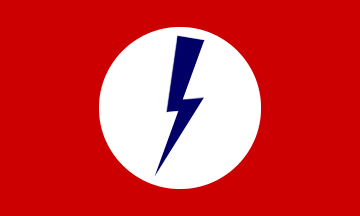

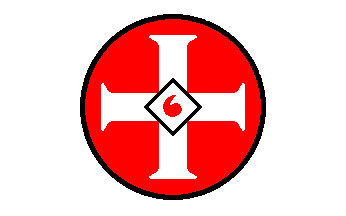
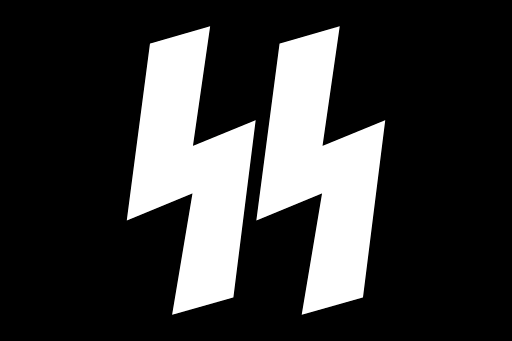
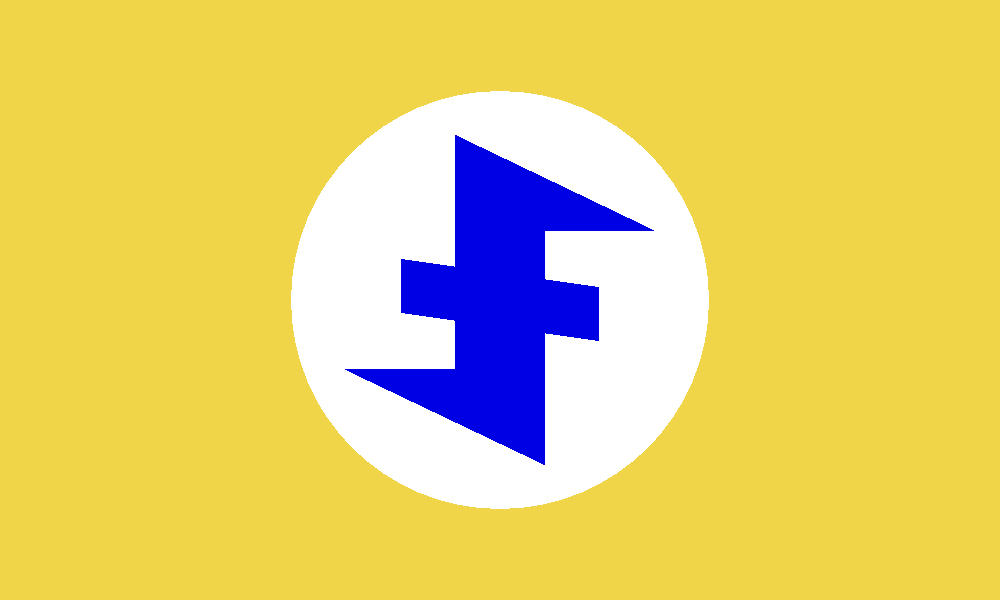
Here is an Australian flag. Recognise it? I wouldn’t have a few days ago.

Quarantine
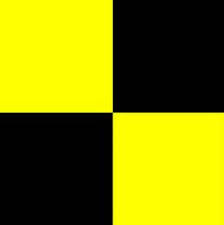
For other flags, see https://commons.wikimedia.org/wiki/Political_flags
eg. (Pick your favourite)
The Australian anarchist Eureka flag
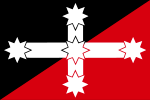
The Queer insurrection and liberation army

Youth international

Bangladesh Chhatra League
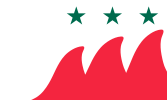
Christian Left

Scottish republican socialist

Kanakh and Socialist National Liberation Front

Herri Batusuna

Communist party of Bohemia

Democratic party of Albania

Croatian Demoscratic Union
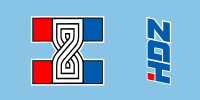
Freethinkers’ Party

Valencian Regional Right
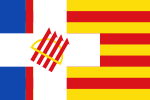
Lesbian
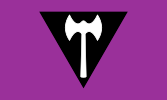
New feminist

Green Eureka

Australian Greens
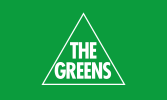
Social Insurrection

Rally for culture and democacy

A variant of the Gadsden
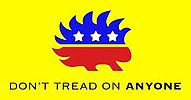
Liberal progressive

Pakistan liberal
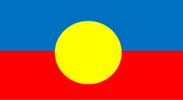
White flags (Islamic)
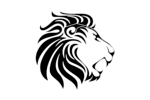
Peace
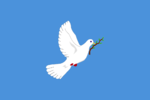
Nike



































